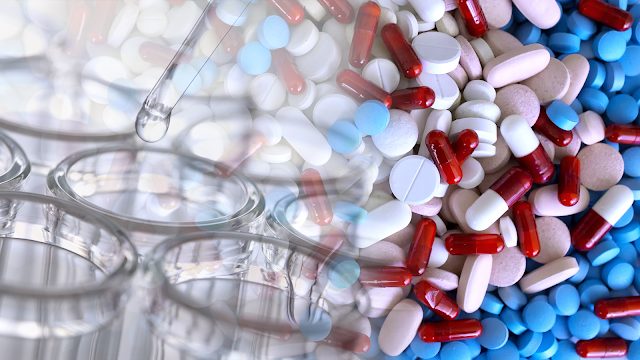Global Biosimilar Market Forecasts Trends, Share, Size, Growth, Opportunity
A
biosimilar is a biological medical product that is nearly identical to an
original product manufactured by a different company. Biosimilars are
officially approved copies of original "innovator" products that can
be manufactured after the patent on the original product expires. The product
of the innovator is mentioned in the approval. Unlike the more common
small-molecule generic drugs, biologics have a high level of molecular
complexity and may be extremely sensitive to changes in manufacturing processes
The global Biosimilars
Market size was valued at US$ 5.0 billion in 2017, and is expected to witness a CAGR
of 35.2% over the forecast period (2018 – 2026).
All biopharmaceuticals, including bio similar The
rising global burden of chronic diseases such as cardiovascular disease,
diabetes, cancer, and kidney failure is fuelling the growth of the Biosimilars market.
Biosimilars treat a variety of chronic diseases at low cost, and as a result,
they are gaining popularity among global consumers. Another major driver that
may increase demand for biosimilar drugs is the rising prevalence of diabetes.
Diabetes, according to the World Health Organization, is the leading cause of
blindness, kidney failure, stroke, and heart attacks. The availability of
low-cost biosimilar drugs for the treatment of such serious diseases is driving
market expansion.rs, must maintain consistent quality and clinical performance
throughout their lifecycle, regardless of their differences.
Drug-related
authorities such as the European Medicines Agency (EMA) of the European Union,
the United States Food and Drug Administration (FDA), and Health Canada's
Health Products and Food Branch have guidelines on the requirements for
demonstrating the safety and efficacy similarity of two biological products.
They claim that despite minor differences in clinically inactive components,
animal studies, and clinical study or studies, analytical studies show that the
biological product is highly similar to the reference product. They are
adequate to demonstrate the reference product's safety, purity, and potency in
one or more relevant conditions of use for which the reference product is
licenced and intended to be used, as well as for which biological product
licensure is sought.




Comments
Post a Comment